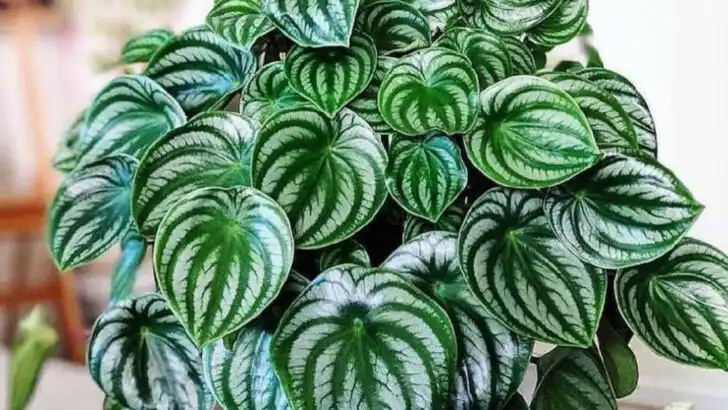When you share your home with pets, every plant choice matters. At Plantisima, we know how easy it is to fall for a leafy beauty—only to realize it’s toxic to cats or dogs. But don’t worry: there’s a whole world of pet-safe plants that are just as stunning as the ones you might have to avoid.
In this article, we’re bringing you 15 houseplants that are non-toxic, stylish, and safe for your furry roommates. Whether you’re decorating a sunny sill, adding life to your office, or building a cozy corner, these plants won’t cause harm if your dog takes a sniff or your cat gets curious.
To all our Plantisima readers with paws padding across their floors—this list is your new best friend. You can have a lush, vibrant home that loves your pets as much as you do.
Spider Plant
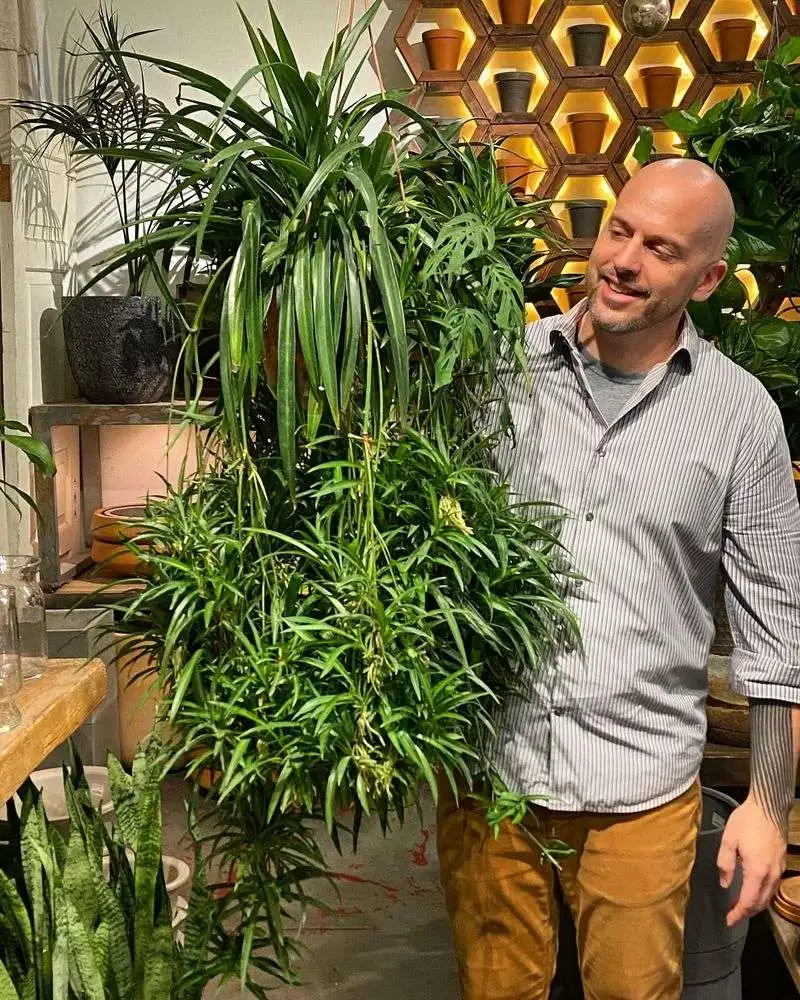
Bright and lively, spider plants are a staple for many homes. Their long, arching leaves create a beautiful cascade, making them an aesthetic addition to any room. Perfect for hanging baskets, these plants are non-toxic to curious cats and dogs.
Known for their air-purifying qualities, spider plants help to keep indoor environments clean. They thrive with minimal care, requiring only occasional watering and indirect sunlight.
These plants are also natural self-propagators, with small “babies” or spiderettes that can be repotted. A fascinating fact: they are native to South Africa!
Boston Fern
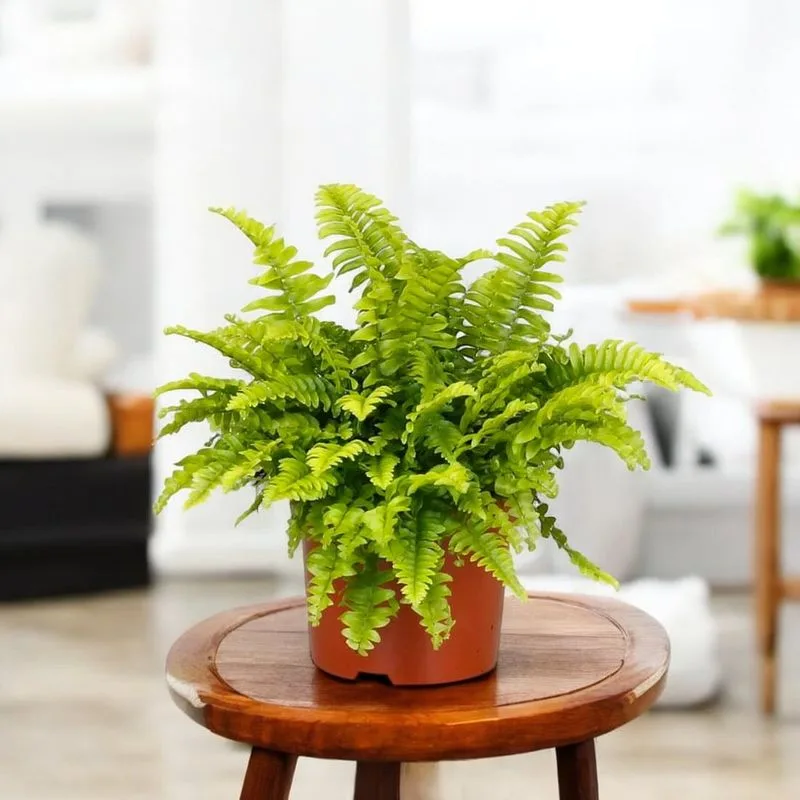
Boston ferns, with their feathery fronds, add a touch of elegance and freshness to any space. These ferns thrive in humid environments, preferring indirect light and regular misting.
Safe for pets, they are an excellent choice for those with curious cats or dogs prone to nibbling. Their ability to improve air quality by removing toxins is another compelling reason to include them in your home.
Historical tidbit: Boston ferns saw a surge in popularity during the Victorian era, when ferns were a symbol of sincerity and humility.
Areca Palm
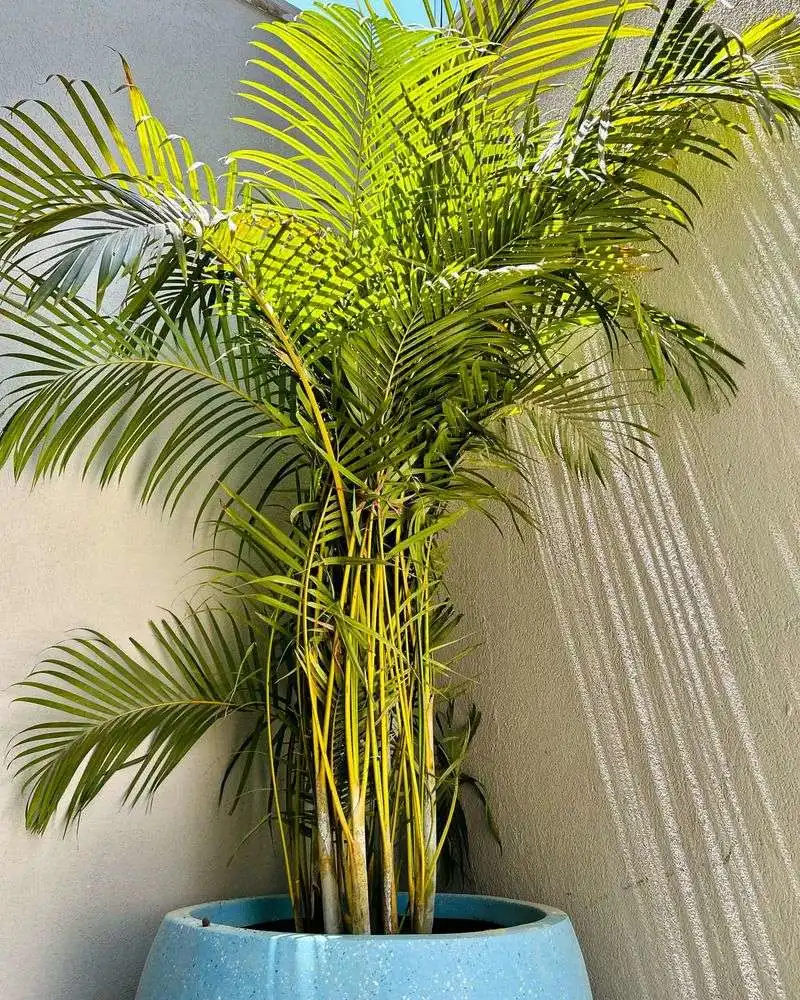
The Areca Palm, often called the “butterfly palm,” stands out with its feathery, arching fronds. Its gentle appearance belies its robust nature, as it is both hardy and adaptable.
Unlike some palms, the Areca is non-toxic to pets, making it a safe addition. It prefers bright, indirect light and moderate watering to keep its leaves in top condition.
Interestingly, this palm is a fantastic natural humidifier, making it ideal for dry indoor spaces. Its origins trace back to Madagascar, adding an exotic touch to your plant collection.
Calathea
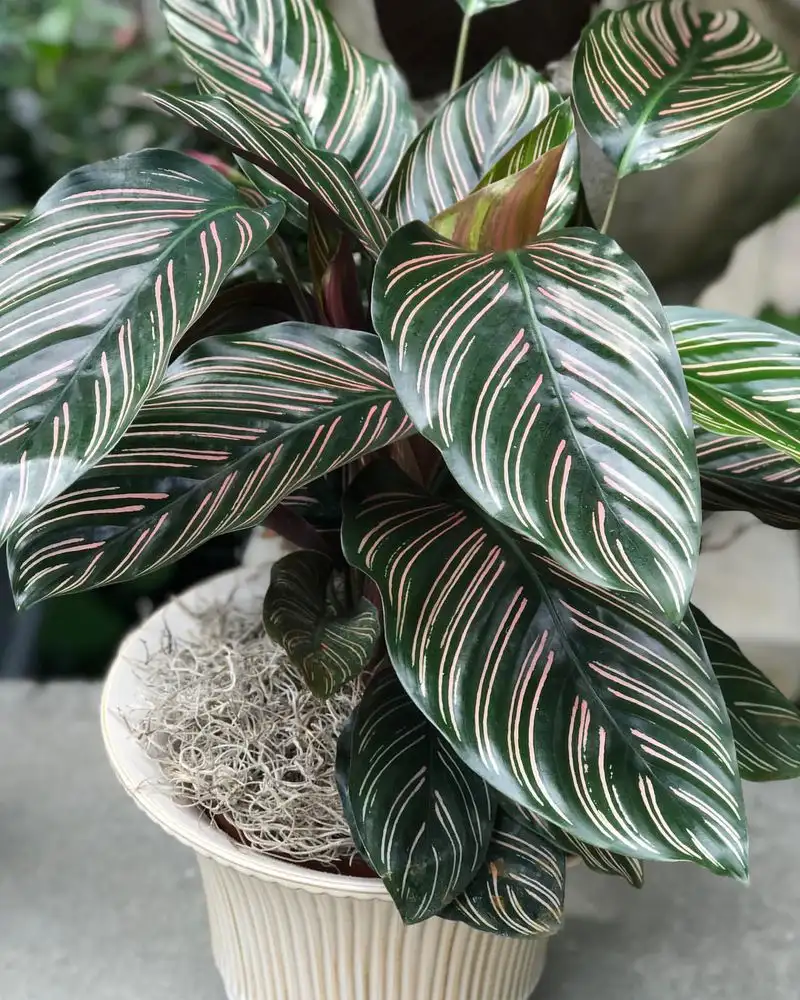
Calatheas stand out with their vibrant, patterned leaves that fold up at night, a phenomenon called nyctinasty. These plants are safe for pets, making them a popular choice for homes with cats and dogs.
They thrive in low to medium light and enjoy humidity, so regular misting keeps them happy. Their colorful foliage brings a lively vibe to any room, and they are known to purify the air.
A fun fact: Calatheas are often called “prayer plants” due to their nightly leaf movements, adding a dynamic element to your indoor garden.
Bamboo Palm
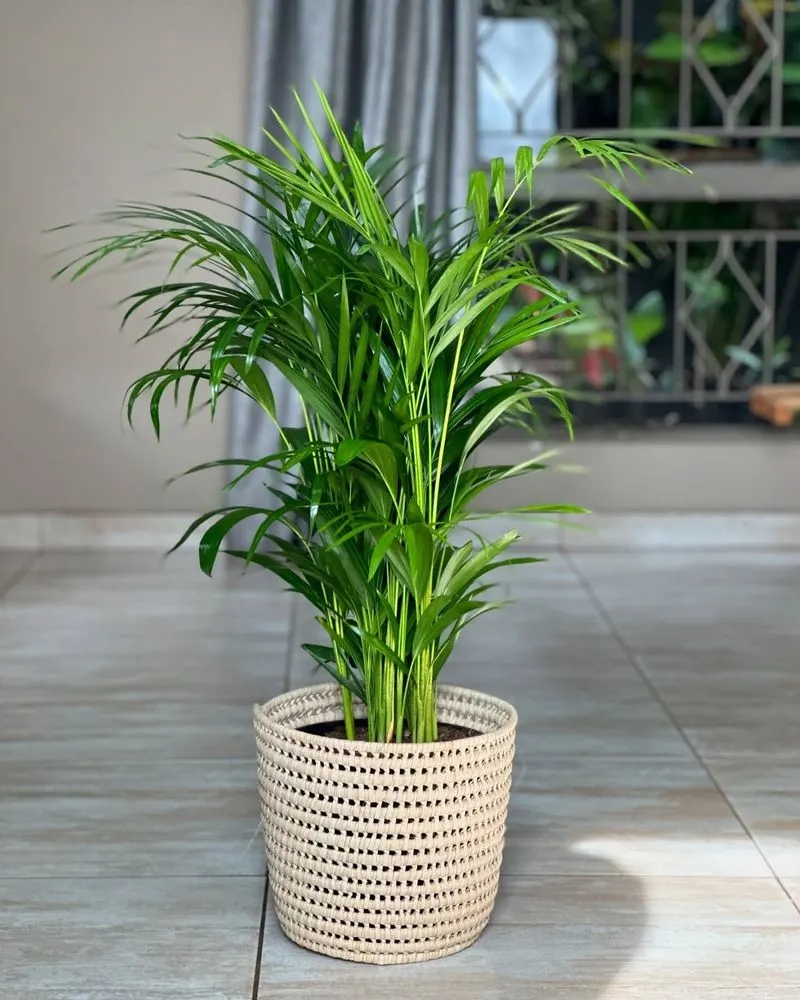
Bamboo palms offer a tropical flair with their slender trunks and lush greenery. Ideal for adding vertical interest to your home decor, these palms are non-toxic to pets.
They thrive in low light conditions, making them perfect for rooms without direct sunlight. Regular watering keeps them healthy, and they’re known for filtering indoor air pollutants.
Did you know? The bamboo palm is native to Mexico and Central America. Its easygoing care requirements and elegant appearance make it a favorite among both novice and seasoned plant enthusiasts.
Peperomia
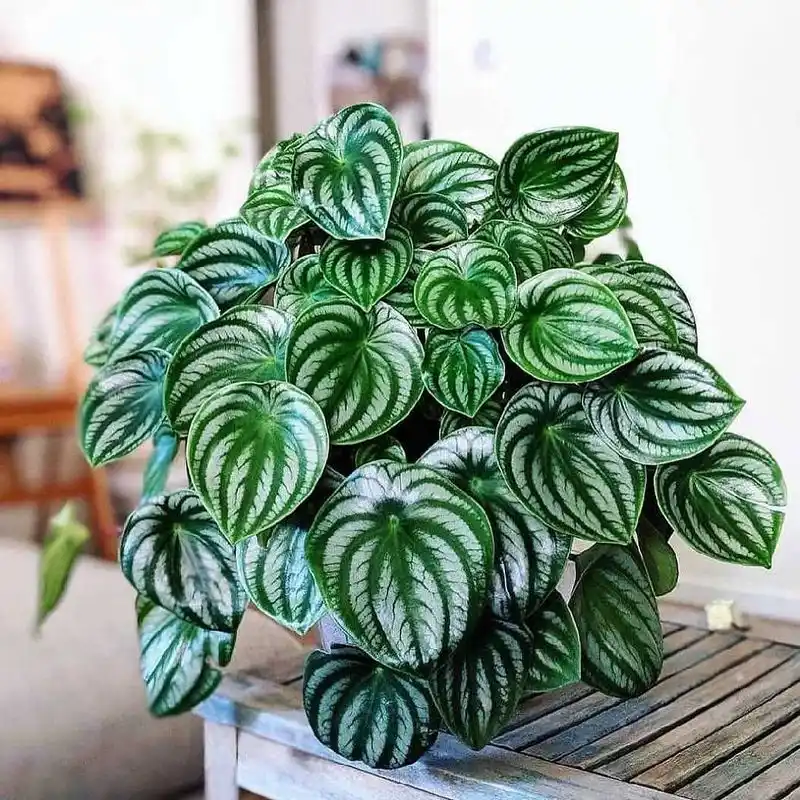
Peperomia plants are compact, with thick, waxy leaves that come in various colors and textures. These plants tolerate low light well and require minimal watering, making them a low-maintenance option.
Their non-toxic nature makes them ideal for homes with pets, offering peace of mind to pet owners. The diverse leaf shapes and patterns add visual interest, perfect for a unique plant display.
An intriguing detail: Peperomia is part of the pepper family, and there are over 1,000 known species. They bring a subtle charm to any indoor garden setup.
Parlor Palm
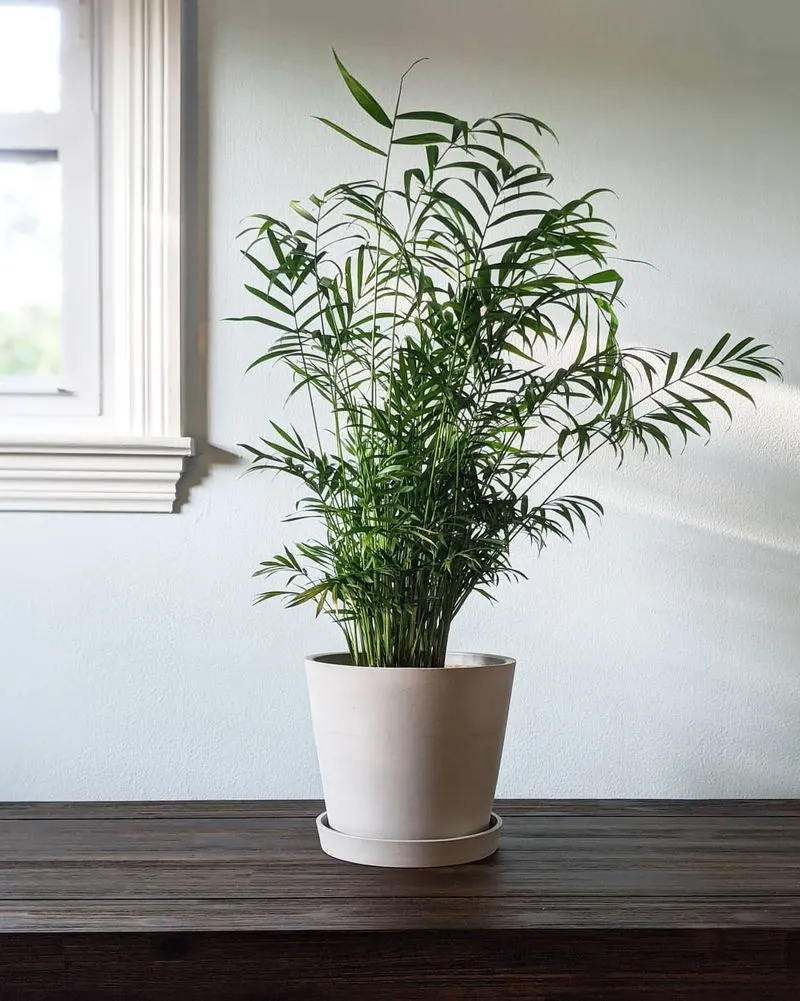
The parlor palm, a favorite in Victorian times, exudes elegance with its graceful, arching fronds. It’s an excellent choice for dimly lit rooms, as it thrives in low light.
Safe for pets, this palm adds a classic touch to your interior without the worry of toxic reactions. It prefers moderate watering and can grow quite tall, making it a statement piece in any room.
Intriguingly, the parlor palm is one of the most commonly sold houseplants in the world, cherished for its beauty and ease of care.
African Violet
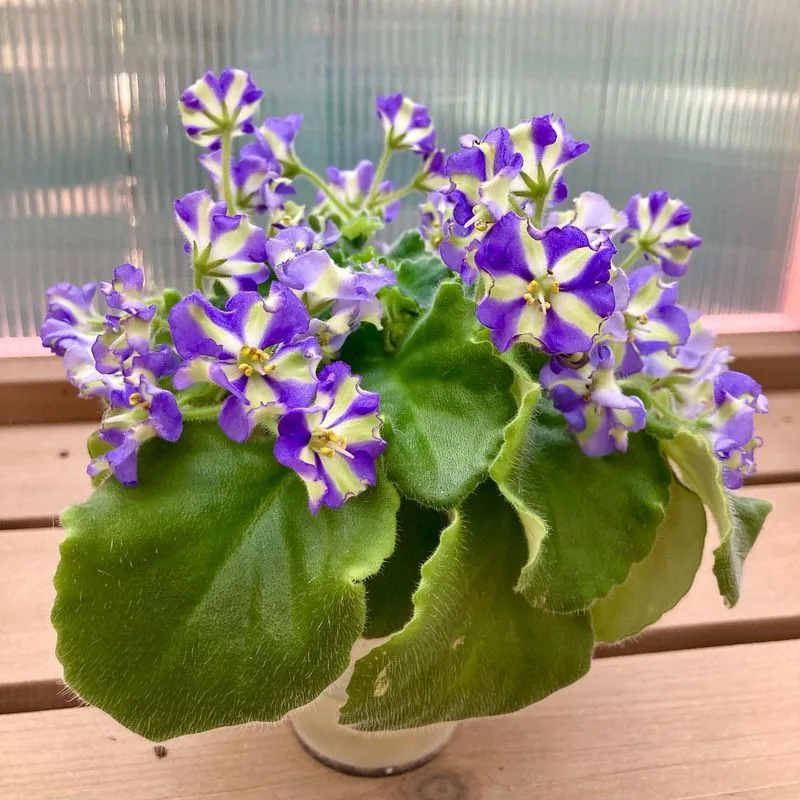
African violets bring a splash of color with their lovely blooms. These petite plants are great for windowsills, thriving in bright, indirect light.
Their non-toxic nature means they’re safe companions for pets, and their frequent flowering can bring joy throughout the year. African violets prefer consistent watering, keeping the soil moist but not soggy.
Fun fact: African violets were discovered in Tanzania in the late 19th century and have since become cherished for their continuous blooming and easy care in indoor environments.
Friendship Plant
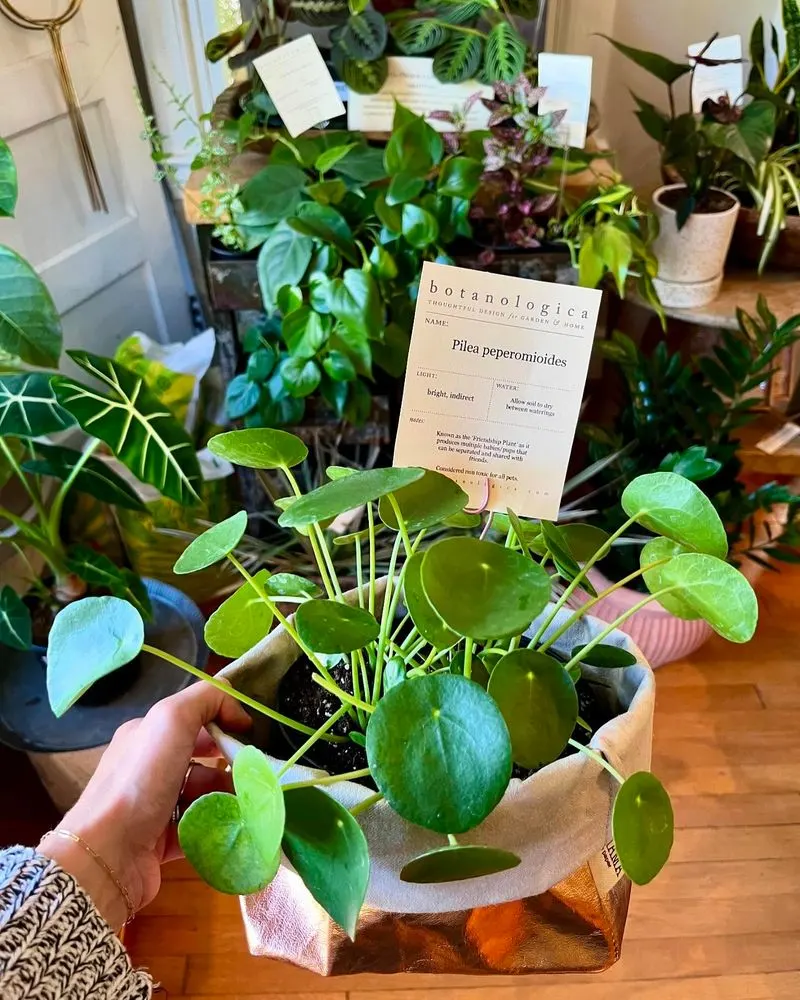
With its uniquely quilted leaves, the friendship plant, or Pilea involucrata, is a conversation starter. It’s a compact plant that thrives in medium light and enjoys regular watering.
Pet-friendly, it poses no threat to curious animals. The friendship plant is named for how easily it propagates, allowing you to share “friendship” by giving away cuttings.
Originally from Central and South America, this plant has a welcoming presence, making it a delightful addition to any home. Its textured foliage adds a touch of nature’s artistry indoors.
Haworthia
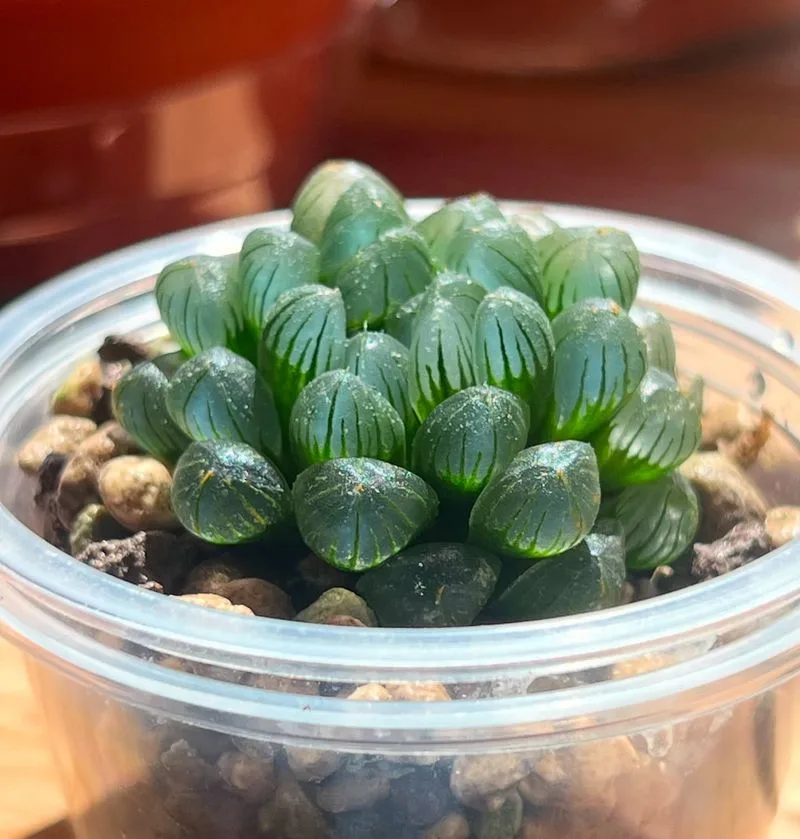
Haworthia, with its rosette-shaped, succulent leaves, is both charming and resilient. This petite plant is perfect for windowsills or desks, thriving in bright, indirect sunlight.
Safe for pets, haworthias require minimal care, needing only occasional watering, as they are drought-tolerant. Their unique appearance makes them a standout feature in any plant collection.
Interestingly, haworthias are native to Southern Africa and are highly adaptable, making them a perfect choice for beginner plant enthusiasts seeking a touch of the exotic in their homes.
Cast Iron Plant
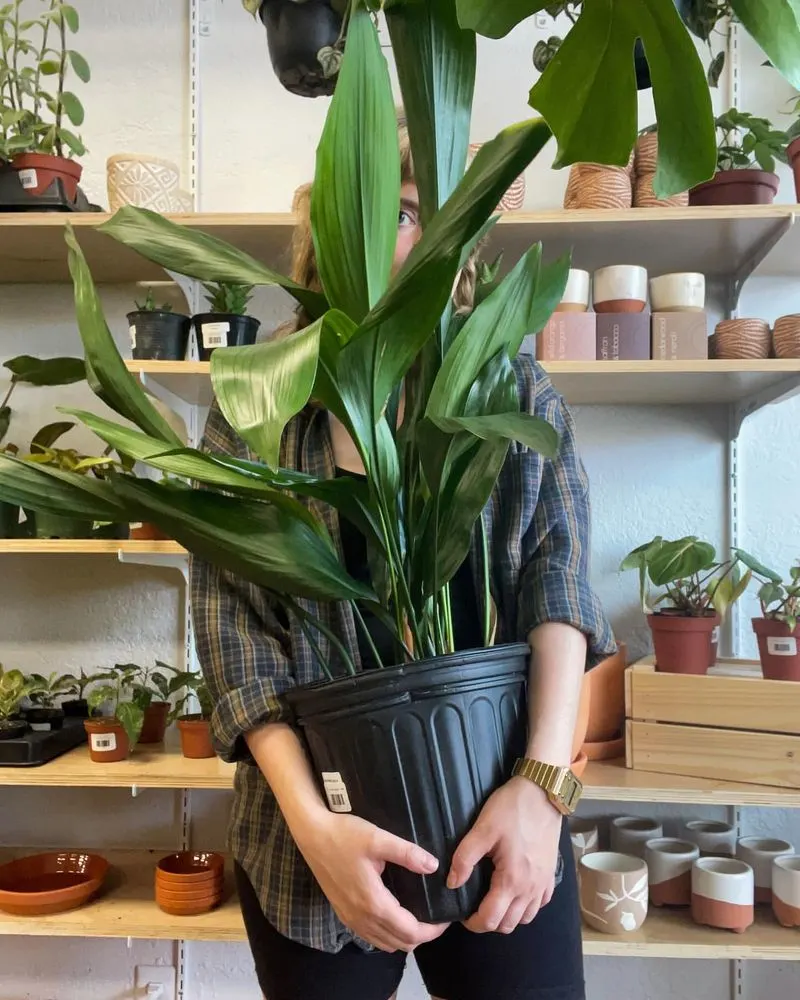
As its name suggests, the cast iron plant is incredibly hardy, tolerating neglect and low light conditions with ease. Its broad, dark green leaves add elegance to shaded spaces.
Pet owners can rest easy, as it is non-toxic to animals. This plant is perfect for those with a busy lifestyle, requiring minimal care and thriving on infrequent watering.
Did you know? The cast iron plant is native to Japan and Taiwan. Its ability to withstand challenging conditions makes it a timeless choice for indoor gardening enthusiasts.
Baby’s Tears
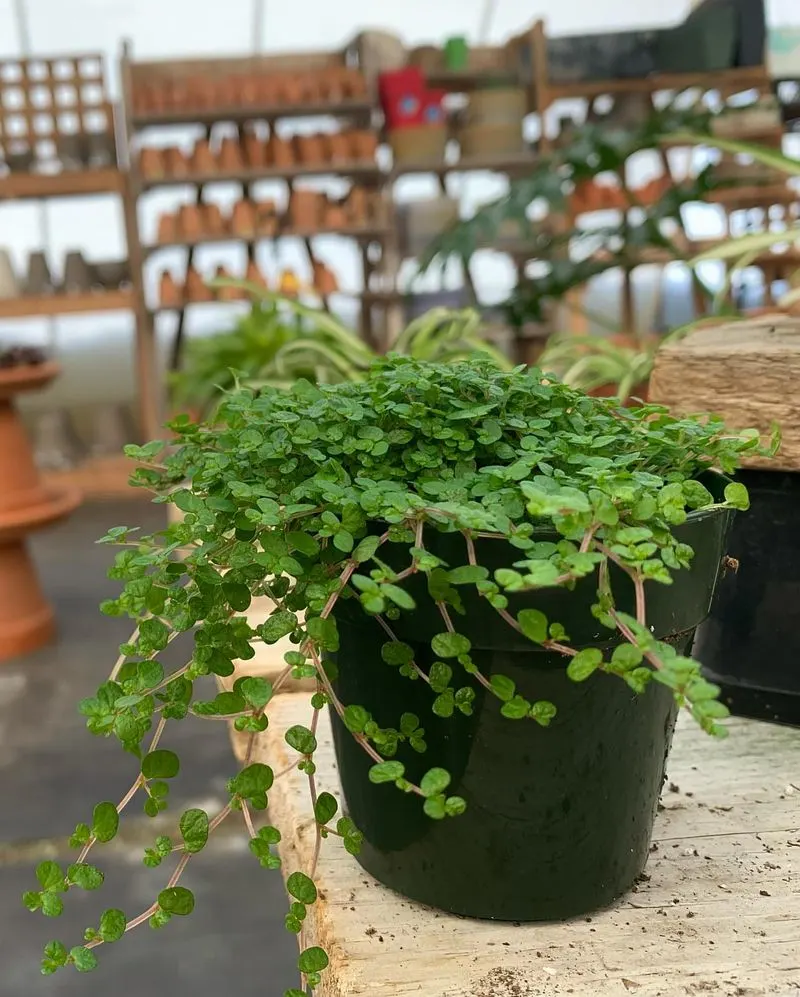
Baby’s tears, with their delicate, tiny leaves, create a soft, moss-like appearance. These plants prefer moist soil and indirect light, making them suitable for a variety of indoor settings.
Non-toxic to pets, baby’s tears offer a safe option for homes with four-legged friends. Their cascading growth pattern adds texture and interest to plant arrangements.
This plant’s origins trace back to the Mediterranean region, where it thrives in its native habitat. Its gentle beauty and ease of care make it a charming choice for plant lovers.
Polka Dot Plant
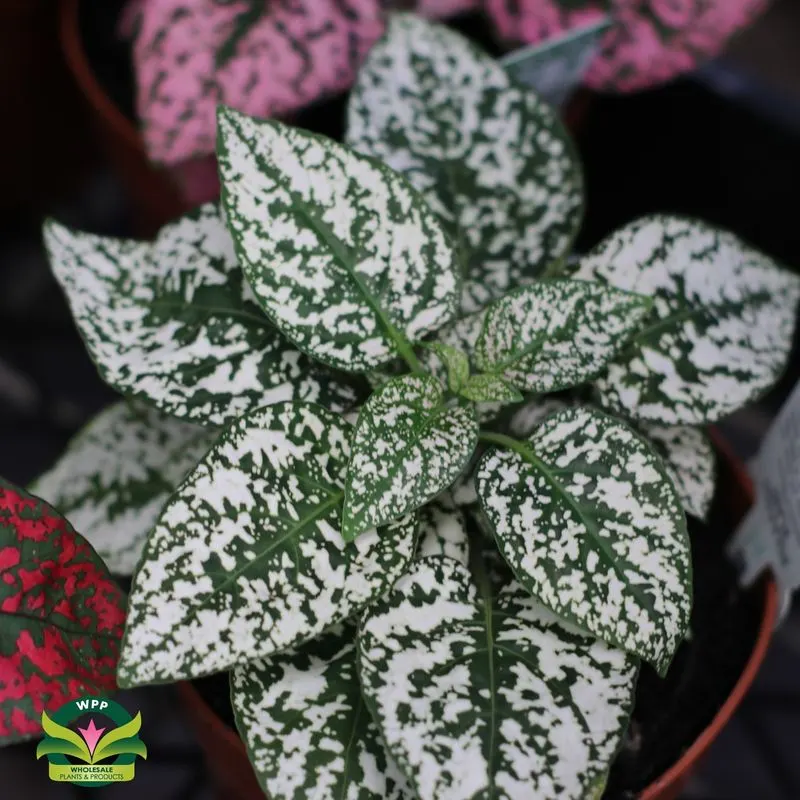
The polka dot plant stands out with its vibrant spotted leaves, offering a playful touch to any room. It thrives in indirect sunlight and needs regular watering to maintain its vivid coloration.
Safe for pets, this plant’s whimsical appearance makes it a favorite for those looking to add a bit of fun to their plant collection.
Native to Madagascar, the polka dot plant is known for its unique leaf patterns, which resemble splashes of paint. A delightful conversation piece, it adds a pop of color to any corner.
Lipstick Plant
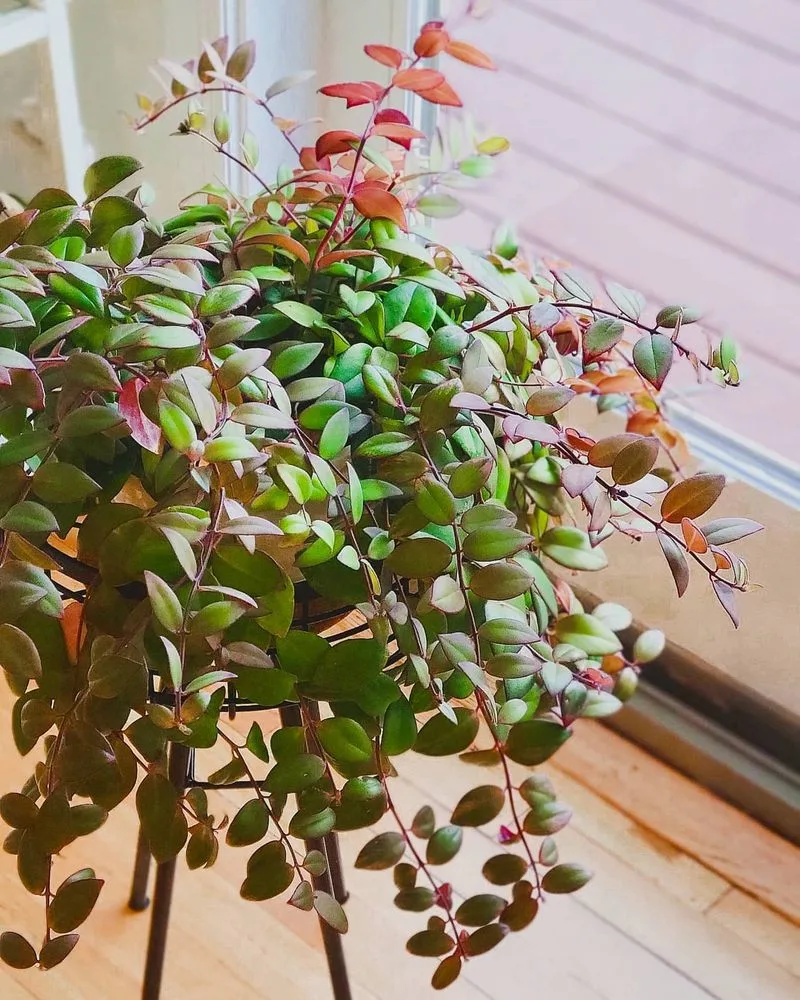
With its tubular red flowers, the lipstick plant adds a splash of color and intrigue. It thrives in bright, indirect light and benefits from regular watering, keeping soil consistently moist.
Pet-safe, it provides a worry-free addition to homes with animals. Its name comes from the appearance of its blooms, resembling tubes of lipstick.
Originating from Southeast Asia, this plant is not only visually striking but also easy to care for, making it an appealing choice for both novice and experienced plant lovers seeking year-round color.
Prayer Plant
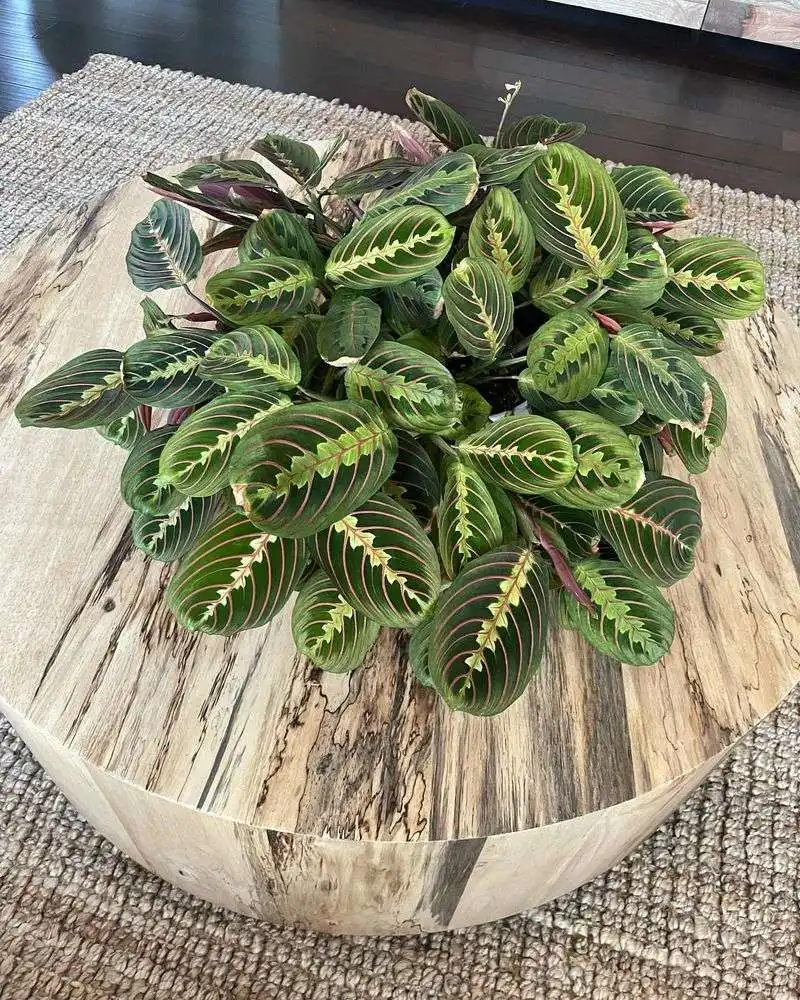
The prayer plant captivates with its striking leaf patterns and unique behavior of folding leaves at night. It thrives in moderate light and high humidity, appreciating regular misting.
Non-toxic to pets, it offers a dynamic element to indoor spaces, with its leaves “praying” by night. This plant’s fascinating movement is due to its circadian rhythm.
Native to tropical Central and South America, the prayer plant is a captivating and interactive addition to any plant collection, bringing a bit of the rainforest to your living room.

